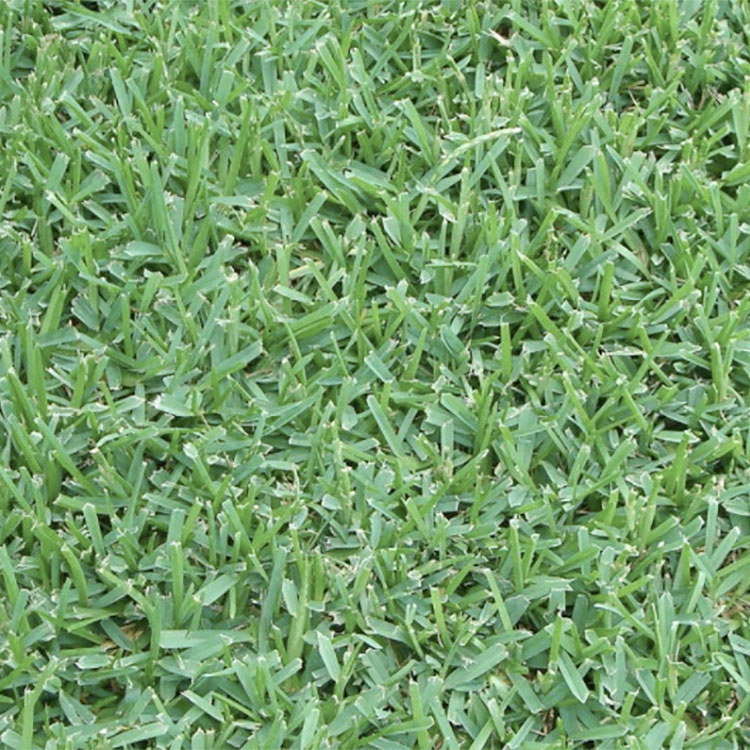
St. Augustine lawns are prone to many problems during the growing season. One of the major problems we see with a St. Augustine lawn is a customer using the inappropriate herbicides on their lawn. Before applying any herbicide, read the entire label and make certain that the product is labeled for St. Augustine. If your lawn species is not written on the label, do not assume that the product is safe.
Yet another problem with St. Augustine is fungus. There are two fungus problems which become evident on most St. Augustine lawns during the warmer months of the summer. The first fungus is gray leaf spot. This fungus presents small circular lesions on the leaves. Although unsightly, gray leaf spot is not life-threatening to the lawn. Brown patch, however, has become a major disease on the lawn during mid to late summer. Brown patch will look as if someone poured hot oil on the lawn the night before. Within a few days, these areas will die and the infected area will continue to grow in size. Both of these fungus problems are easy to treat with a granular fungicide.
Seasonal Maintenance for St. Augustine
SPRING
March 15 - April 30
Soil Samples - Take soil sample to test for pH as well as fertility levels of your lawn
April 1 - May 15
Fungicide: Headway, Armada, Eagle, or Pillar - Must rotate between these products
April 15
16-25-12 w/ MESA - Provides phosphorus for root growth
May 15 - May 21
19-0-6 Confront 3/Dimension - Provides nitrogen, postemergent and preemergent for control of summer weeds 0-0-7 Allectus - For the control of ants and grubs
SUMMER
June 21 - July 1
20-0-25 EXPO - (5# per 1,000 sq. ft.) provides nitrogen
August 1 - August 15
6-1-11 7% Fe - Produces green color w/out flushing top growth late in the season
August 15 - August 31
0-0-7 Acelepryn - Controls grubs and other insects such as fall armyworms.
August 15 - September 15
Fungicide: Headway, Eagle, Armada, or Pillar - Must rotate between these products
FALL
October 1 - October 21
0-0-7 0.38% Prodiamine - Prevents winter weeds such as Poa annua
WINTER
February 21 - March 15
0-0-7 0.38% Prodiamine - Prevents summer weeds such as crabgrass
Maintenance Tips for St. Augustine
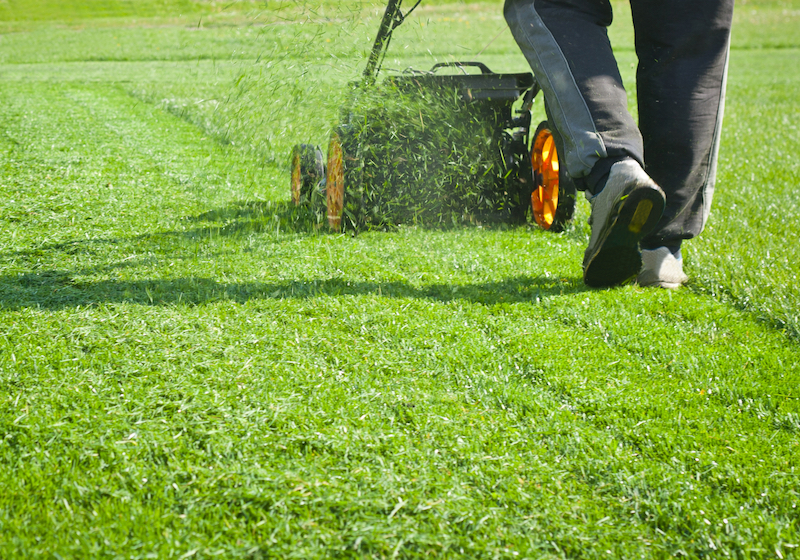
Mowing
St. Augustine performs best when mowed between 2 and 3 inches. This height of cut should be easily obtained so long as the lawn is smooth. If there are several irregularities in the grade, be careful not to scalp certain areas. Scalping a lawn could cause damage to the crown of the plant. If the lawn is uneven, please contact a Carolina Fresh Farms representative for instructions on topdressing a lawn.

Watering
St. Augustine lawns require 1 to 1 ½ inches of water per week during the growing season. Irrigation of the lawn should be performed in the early hours of the morning just before daylight. This practice will avoid any rapid evaporation of water before it reaches the lawn, yet allow the leaf tissue to dry quickly after the sun rises. Do not water your lawn every morning for short intervals. This process will only encourage shallow root growth. Instead, water your lawn for long periods two to three times a week.

Aeration
Aeration has two purposes. The first is to simply loosen the soil. The second is to prune the roots. Core aeration is the recommended method and should be performed every two years on a typical home lawn during the growing season. If your lawn receives heavy foot traffic, it would be advisable to aerate every year. Aeration should be performed during the growing season.
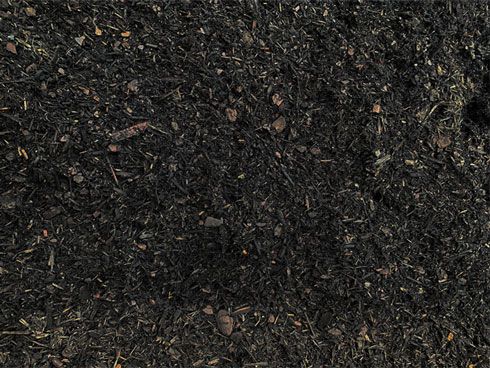
Soil Basics
A practical understanding of your soil is essential in managing your lawn. Soil pH is perhaps the most crucial element. Most turf grasses perform best when the soil pH falls between 6.3 and 7.0. We recommend that a soil test is performed annually to check the pH values as well as other nutrient levels within the soil profile. Any Carolina Fresh Farms Turf Center will be happy to send your soil samples to our soil testing laboratory. Our soil testing program is a free service. All you need to do is bring in 4 cups of soil into the Carolina Fresh Farms outlet and we'll be able to help.
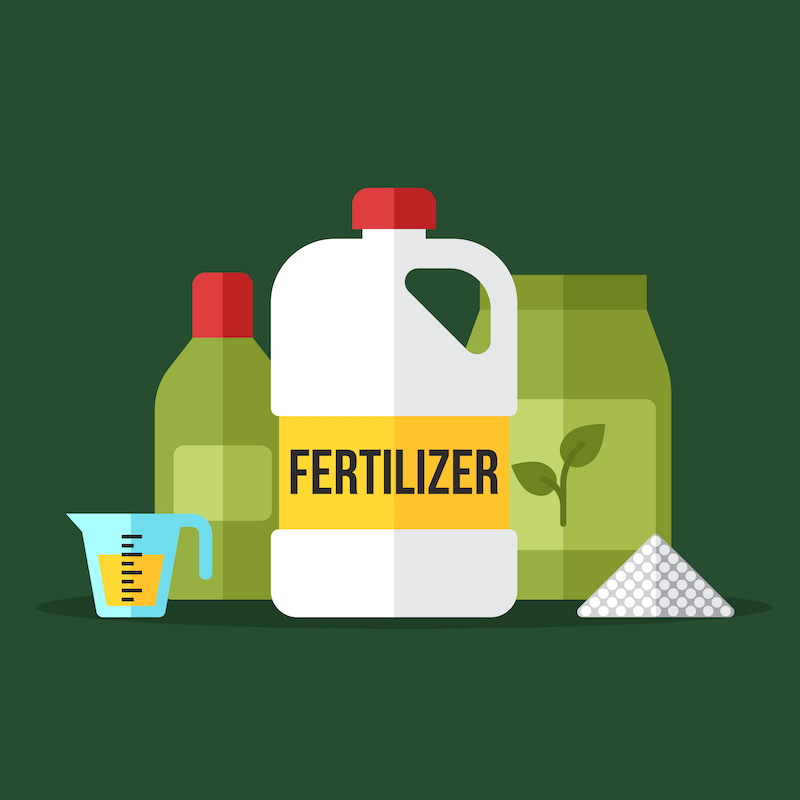
Specialty Products
Verde-Lawn Hydro improves calcium availability in the soil and in the plant while providing improved soil moisture retention. When applied at a rate of 10 pounds per 1000 sq ft, Verde-Lawn Hydro will raise the soil pH in most soils up to one full point. Use a fungicide that's granular or in the form of water dispersible granules. Headway controls a wider range of diseases than any other currently registered product, including dollar spot, brown patch and all other major turf diseases. Pillar G is a combination of two effective ingredients used to control and prevent numerous turf diseases. Eagle is excellent long-term preventative control of most diseases in turf. Armada 50 WDG is available in water dispersible granules that require mixing with water and application via a backpack sprayer. It is effective against 16 of the toughest turf diseases and has a residual of 21 to 28 days.
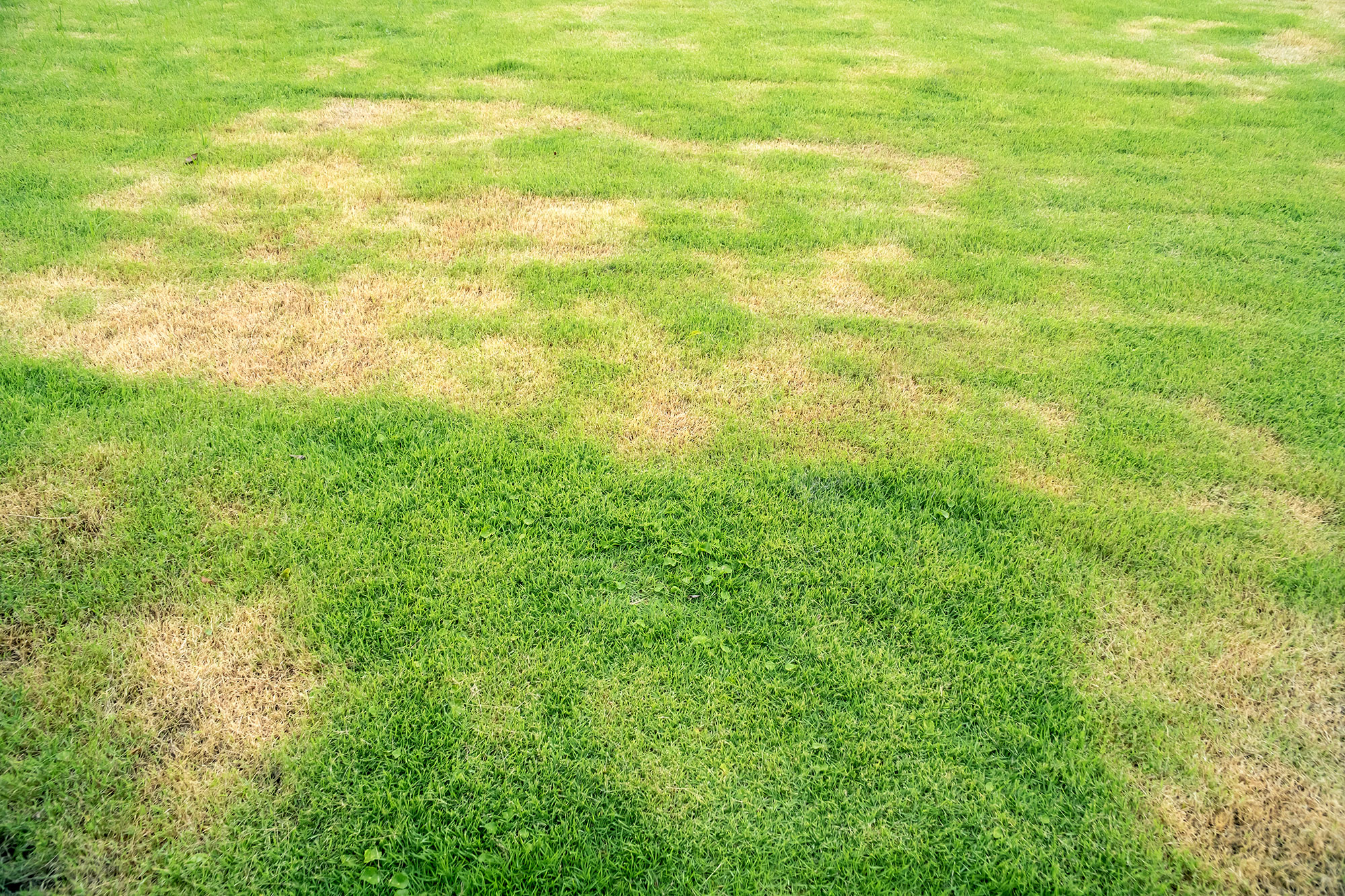
Fungus Alert
There are two fungus problems which become evident on most St. Augustine lawns during the warmer months of the summer. The first fungus is grey leafspot. This fungus presents small, circular lesions on the leaves. Although unsightly, grey leafspot is not life threatening to the lawn. Brown patch, however, has become a major disease on the lawn during mid to late summer. Brown patch will look as if someone poured hot oil on the lawn the night before. Within a few days, these areas will die and the infected area will continue to grow in size. A simple application of a systemic fungicide such as Pillar, Armada, Eagle or Headway will help prevent and cure these diseases.
